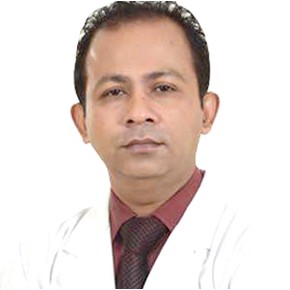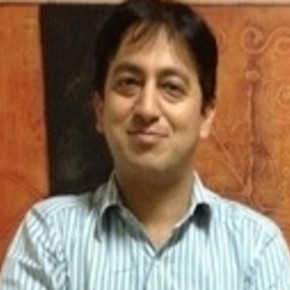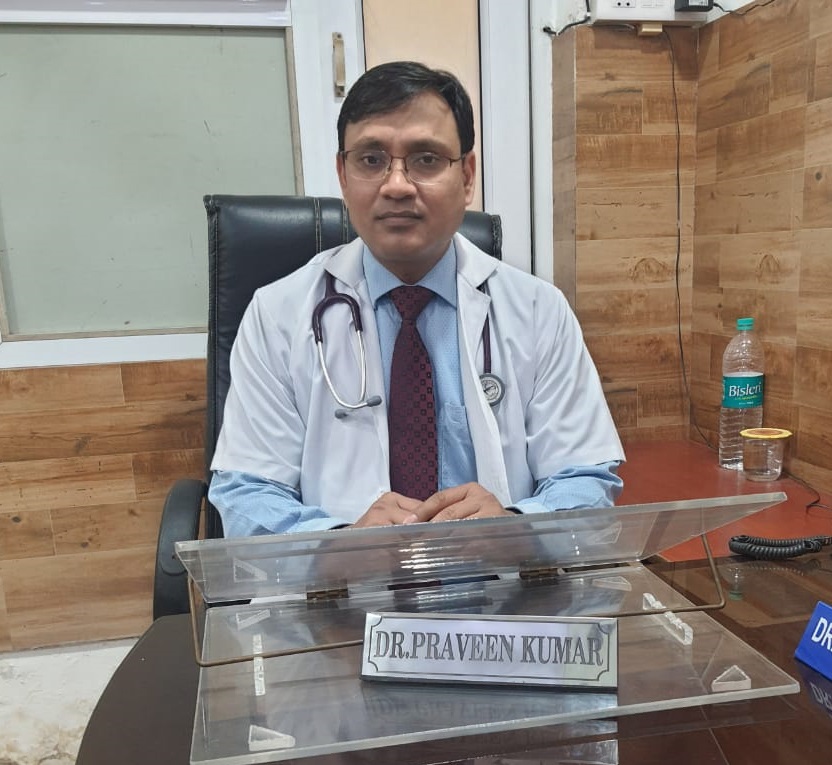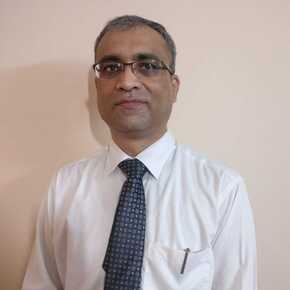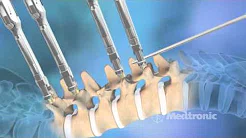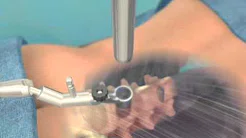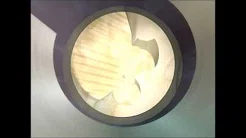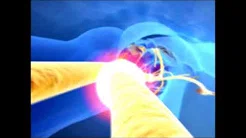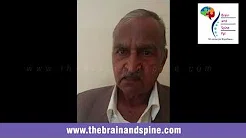Hydrocephalus
Hydrocephalus is the accumulation of fluid in the cavities of the brain. The excess fluid increases the size of the ventricles and puts pressure on the brain. This damages the brain tissues and causes impairment in brain function. Although it can occur at any age but it is most commonly seen in infants and older individual.
Types of Hydrocephalus & their Causes
- Congenital or Acquired
Congenital hydrocephalus occurs by birth of the child due to any of the following reasons:
- Genetic problems
- Problems with development of fetus
Acquired hydrocephalus develops after birth or later on in life due to:
- Head injuries
- Strokes
- nfections
- Tumors
- Bleeding in the brain
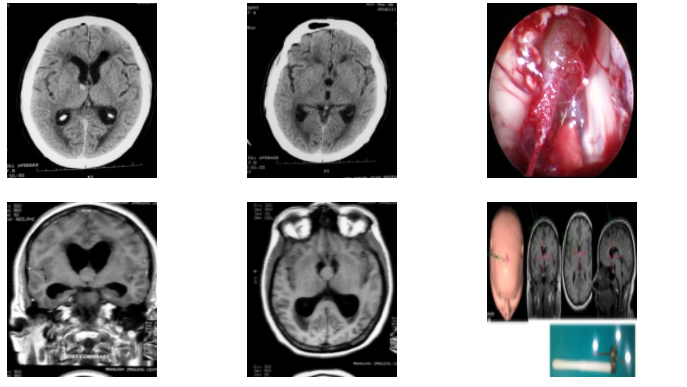
Communicating or Non-communicating
Communicating hydrocephalus is the one in which CSF can flow between the ventricles but is blocked after it exits the ventricles. Its causes include:
- Overproduction of CSF
- Blockage of CSF circulation or resorption
Non-communicating hydrocephalus or obstructive hydrocephalus occurs when there is no communication between the ventricular system and the subarachnoid space. The flow of CSF is blocked along one or more of the narrow passages connecting the ventricles. Its causes include:
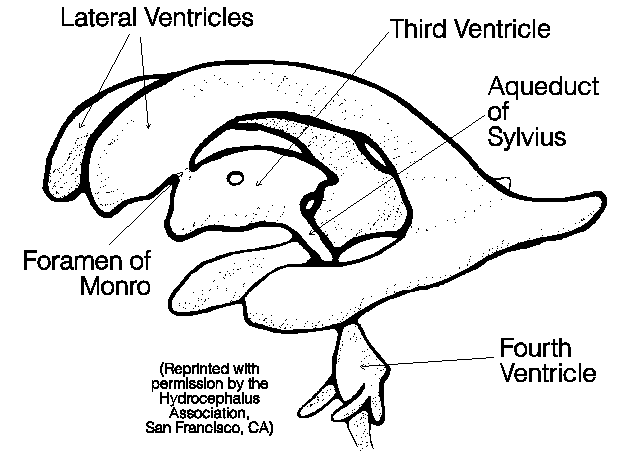
- Aqueduct blockage or stenosis
- Posterior fossa lesion like Chiari Malformation, Dandy-Walker Syndrome (in paediatric population)
- Colloid Cyst
- Intra-ventricular and posterior fossa tumors
- Hydrocephalus ex-vacuo and Normal Pressure Hydrocephalus (NPH)
Hydrocephalus ex-vacuo occurs due to brain damage resulting in shrinkage of brain tissue. Brain may get damaged due to:
- Stroke
- Traumatic injury
NPH is an abnormal increase of cerebrospinal fluid in the brain’s ventricles due to a gradual blockage of the CSF drainage pathways in the brain. It may occur due to any of the following reasons:
- Subarachnoid hemorrhage
- Head trauma
- Infection
- Brain tumor
- Complications of surgery
- Idiopathic (without any reason)
Symptoms of Hydrocephalus
The main sign of congenital hydrocephalus is an unusually large head. Other symptoms include:
- Headache
- Nausea & vomiting
- Blurry or double vision
- Problems with balance & coordination
- Bladder control problems
- Gradual memory loss (dementia)
- Lethargy
- Drowsiness
- Irritability, or other changes in personality or cognition
Diagnosis of Hydrocephalus
Diagnosis of hydrocephalus requires complete history of the patient along with thorough physical and neurological examination. Along with this, following cranial imaging techniques are used to confirm the diagnosis:
- Ultrasonography
- CT scan
- MRI
- Pressure-monitoring techniques
Treatments of Hydrocephalus
Most common treatment for hydrocephalus is the surgical insertion of a drainage system called shunt. It consists of a long, flexible tube with a valve that keeps fluid from the brain flowing in the right direction and at the proper rate.
One end of the tube is usually placed in one of the brain's ventricles and the other end is then tunneled under the skin to another part of the body like the abdomen or a heart chamber and where the excess fluid can be more easily absorbed.
Endoscopic
third ventriculostomy:
Endoscopic third ventriculostomy is the surgical procedure that can be used for some people. Surgeon uses a small video camera to see inside the brain and makes a hole in the bottom of one of the ventricles or between the ventricles to enable cerebrospinal fluid to flow out of the brains.
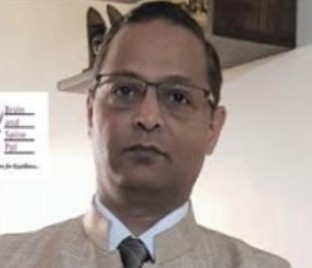

 Request an Appointment
Request an Appointment Request Online Consultation
Request Online Consultation Enquiry form
Enquiry form


